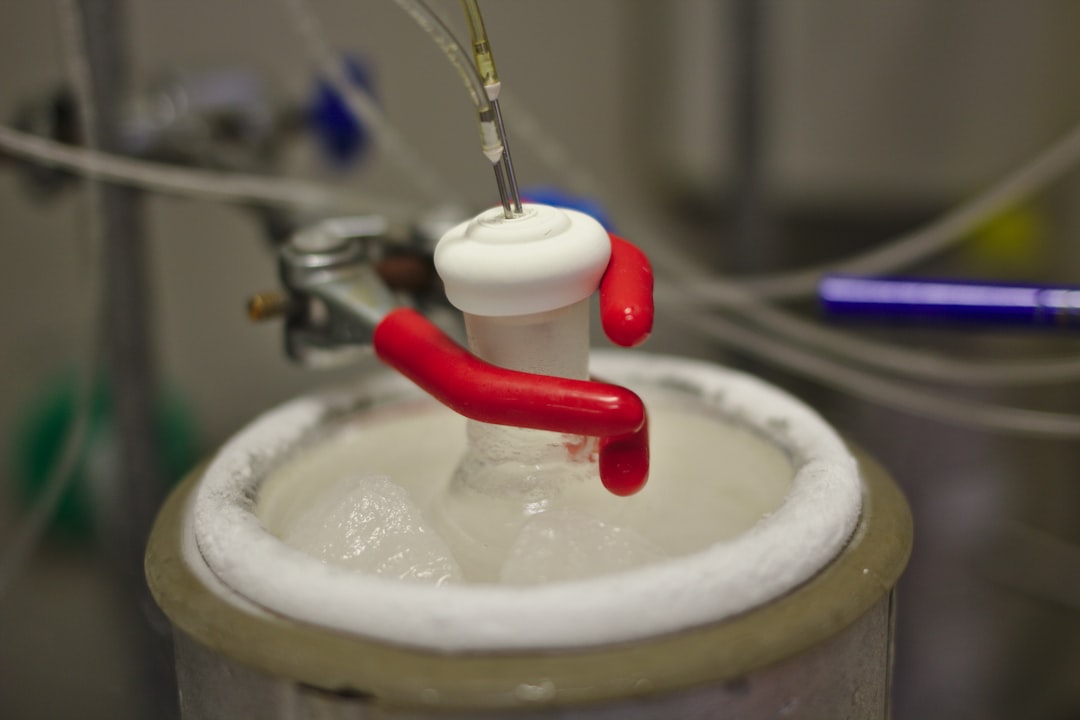What is it about?
Ruthenium-based anticancer compounds have been claimed for a long time to be also activated in absence of oxygen. This property makes them inherently different from sensitisers used in photodynamic therapy, which need oxygen at the site of light irradiation to become toxic to cancer cells. We demonstrate here for the first time that indeed light activation still works in cancer cells irradiated under hypoxia, ie with 1% oxygen instead of the 21% O2 usually used for previous experiments.
Featured Image

Photo by Landon Arnold on Unsplash
Why is it important?
Many tumors possess hypoxic regions, ie regions where the oxygen concentration is low; these tumors are nowadays a real problem in oncology. In such hypoxic regions chemoresistances and resistances to photodynamic therapy are typically observed. If we can develop compounds that are activated by light in an oxygen-independent manner, we may have a solution to treat hypoxic tumors.
Perspectives
Our demonstration is only performed in vitro. We would need similar demonstration in 3D cancer models and in vivo to really open a route to phototherapy for hypoxic tumors.
Dr Sylvestre Bonnet
Universiteit Leiden
Read the Original
This page is a summary of: A Red-Light-Activated Ruthenium-Caged NAMPT Inhibitor Remains Phototoxic in Hypoxic Cancer Cells, Angewandte Chemie International Edition, August 2017, Wiley,
DOI: 10.1002/ange.201703890.
You can read the full text:
Contributors
The following have contributed to this page










